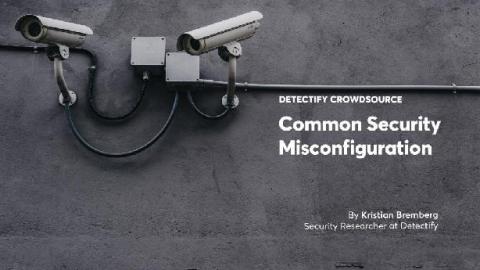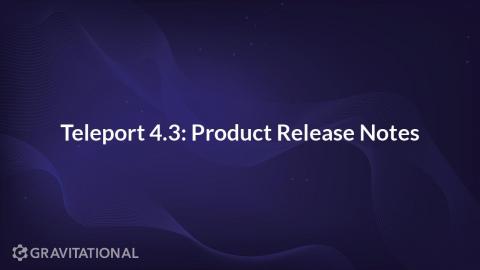PCI Audit Interview Questions
The Payment Card Industry Data Security Standards (PCI DSS) defines the framework for protecting cardholder data. The framework was developed by the Payment Card Industry Security Standards Council (PCI SSC) and enables organizations to assess how well they are protecting cardholder data, training staff, and conducting PCI DSS audits. PCI compliance and accepting credit cards go hand in hand.









